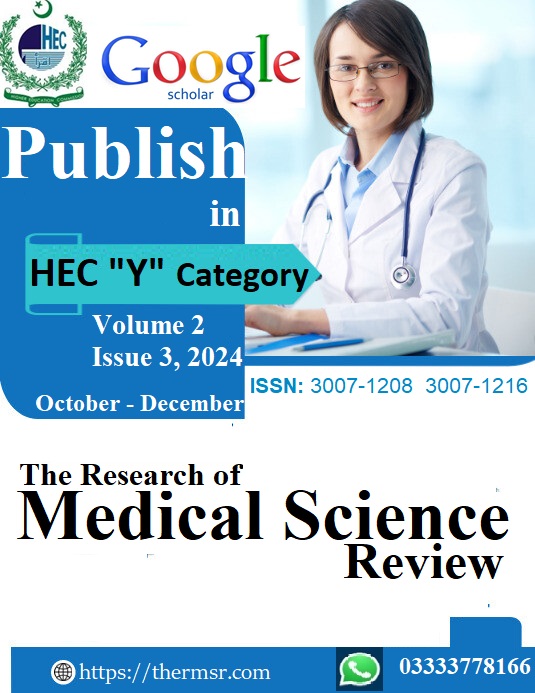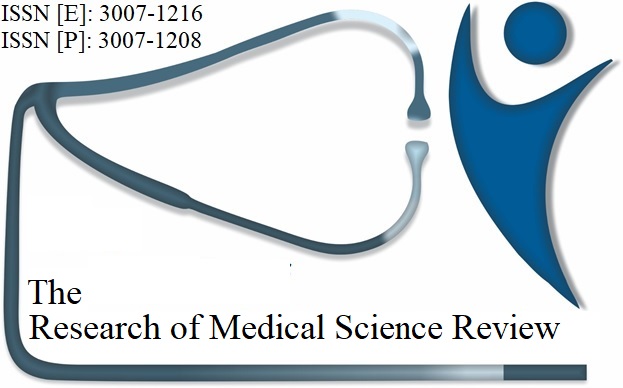EVALUATION OF INTERSTITIAL LUNG DISEASES USING HIGH- RESOLUTION COMPUTED TOMOGRAPHY
Keywords:
Interstitial Lung Diseases (ILDs), High-Resolution Computed Tomography (HRCT), Idiopathic Pulmonary Fibrosis (IPF), Ground-glass opacity, Parenchymal abnormalities, Consolidation, Pleural EffusionAbstract
A wide spectrum of pulmonary conditions known as interstitial lung diseases (ILDs) have been defined by fibrosis and inflammation of the lung interstitium, which impairs gas exchange. To enhance results and direct treatment, an early and precise diagnosis is essential. By providing unmatched resolution in imaging patterns, permitting accurate disease characterization, and lowering the need for invasive procedures like biopsies, High-Resolution Computed Tomography (HRCT) has completely changed the diagnosis and treatment of ILD.
Materials and Methods
For four months, a cross-sectional analytical investigation was carried out at the Islamabad Diagnostic Center's Radiology Department in Faisalabad. The study included 100 patients (22–86 years old) with symptoms indicative of ILD, such as dry cough, shortness of breath, and haemoptysis. HRCT was performed using a Toshiba 128-slice scanner with 1mm thickness settings, capturing fine-grained images for evaluation
Results
HRCT demonstrated high diagnostic accuracy, detecting patchy ground-glass opacity in 66% of cases, pleural effusion in 30%, lung consolidation in 35%, and parenchymal abnormalities in 9%. The imaging enabled subtype differentiation, with idiopathic pulmonary fibrosis (IPF) being the most frequently identified condition. HRCT outperformed chest radiographs in detecting subtle abnormalities, reducing the reliance on invasive procedures. Additionally, HRCT facilitated disease monitoring and provided prognostic insights, further underscoring its utility in clinical practice.
Conclusion
HRCT has established itself as the gold standard in the diagnosis and monitoring of ILDs. Its ability to detect fine imaging patterns, differentiate subtypes, and provide prognostic information makes it an indispensable tool in modern pulmonary medicine. By offering a non-invasive and comprehensive approach, HRCT significantly enhances diagnostic accuracy, reduces the need for invasive biopsies, and supports tailored treatment strategies, ultimately improving patient care.
Downloads
Downloads
Published
Issue
Section
License

This work is licensed under a Creative Commons Attribution-NonCommercial-NoDerivatives 4.0 International License.















